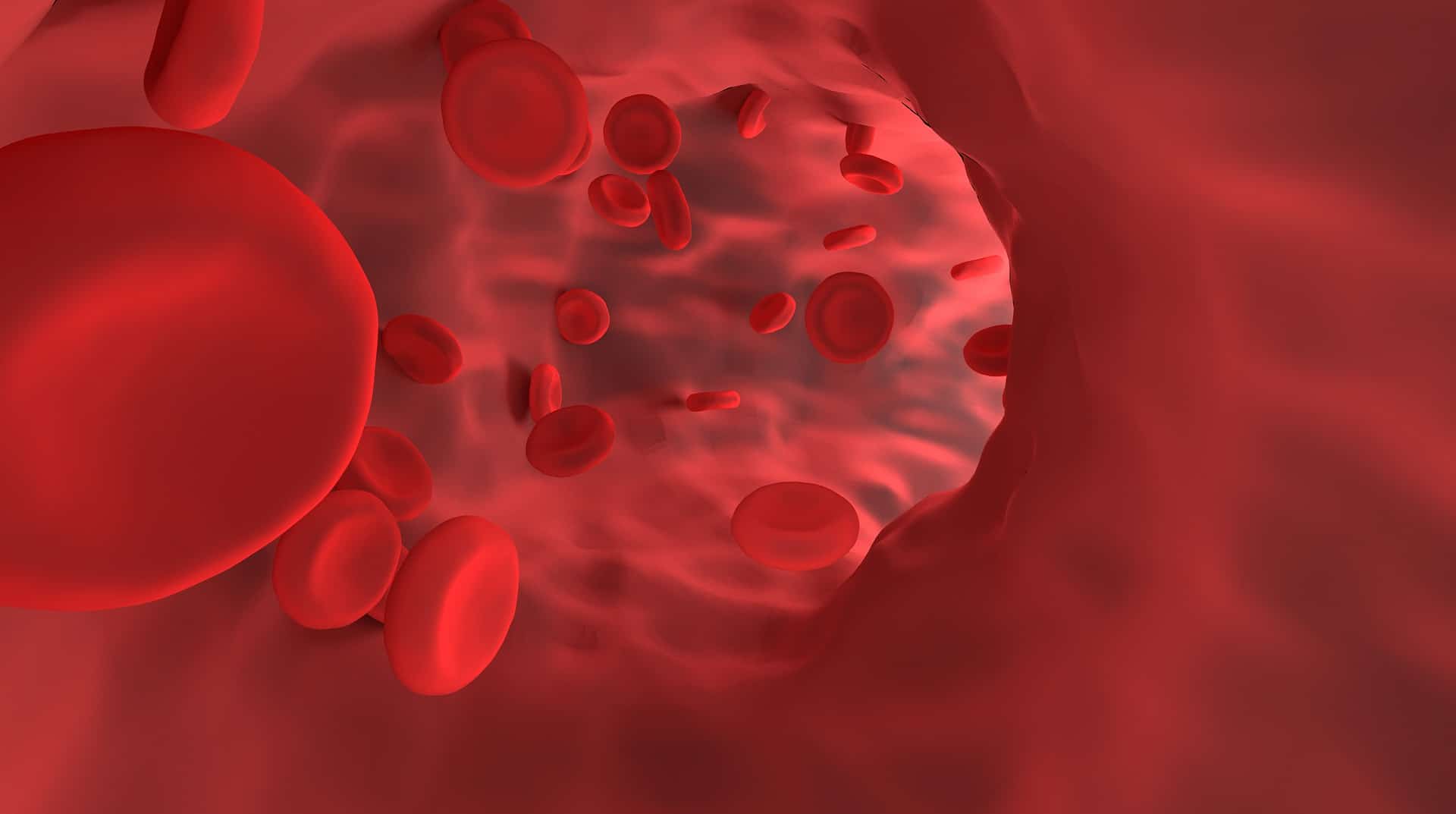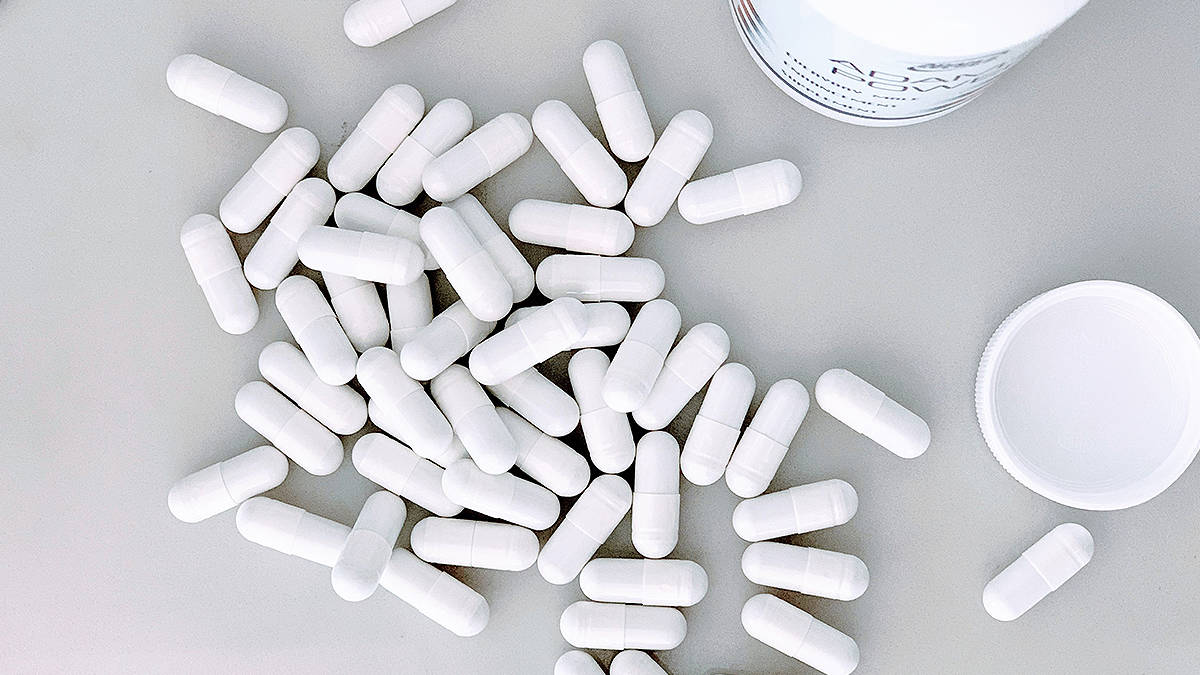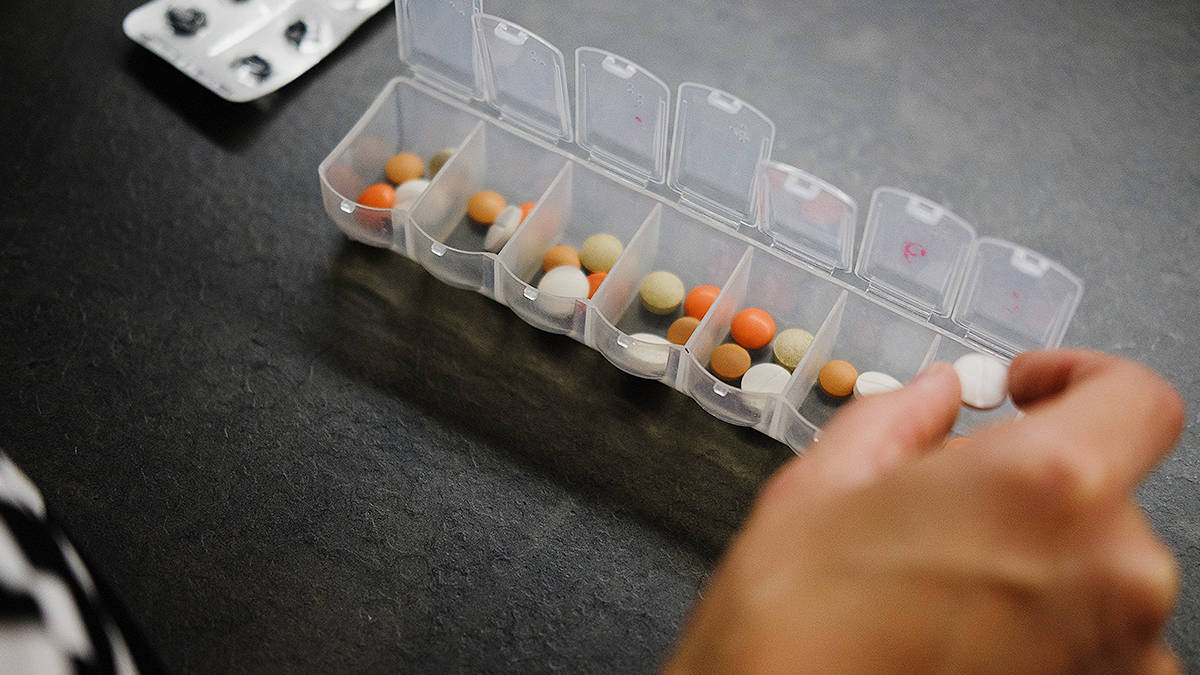Why is Brilinta So Expensive?
high drug prices

One of the most commonly prescribed types of medication is what's called an antithrombotic, such as Brilinta, Eliquis, and Xarelto — at least in the United States. These are drugs that help keep blood flowing through vital organs by preventing clots. Given the prevalence of heart disease and stroke in the U.S., this makes quite a bit of sense.
Brilinta is a common antiplatelet medication — one that has undoubtedly saved lives, improved quality of life, and prevented further complications in people who have a history of heart attacks or strokes. However, it's rather expensive, which can be a challenge for people who are on a strict budget.
Here's why Brilinta is so expensive, and how Americans can find it cheaper through an international online pharmacy.
Uses of Antiplatelet Medication
One possible explanation for the high cost of Brilinta and other medications like it has to do with the sheer number of uses it has. Antiplatelet medications are one type of antithrombotic, which is to say that they're blood thinners. The other type is an anticoagulant, which prevents blood clots. While both types of medication are used for similar purposes (to prevent the blood from clotting in a way that causes health risk), they are not interchangeable. Specifically, there are strict guidelines as to which medications can be combined with each type of antithrombotic.
Antiplatelet drugs are most frequently used under the following circumstances:
- When the patient has a history of coronary artery disease or peripheral artery disease, meaning that they're more susceptible to blood clots or blockages because their body has formed them in the past.
- When the patient has already had a heart attack, provided the myocardial infarction was related to clots.
- When the patient has a history of chest pain (angina), which could signal clots.
- When the patient has a history of stroke or transient ischemic attacks (TIAs) — sometimes called mini-strokes — and can be a warning sign that a more significant stroke is imminent, or that the conditions are right to cause a stroke in the future.
Given that heart disease is the leading cause of death in the United States (an estimated one cardiovascular-related death every 37 seconds), it shouldn't be surprising that the demand for antiplatelets and anticoagulants are in high demand. Coronary artery disease is the most common form of heart disease, and of course one way in which this manifests is in the form of a heart attack, which occurs an average of every 40 seconds in the U.S.
Strokes aren't as prevalent as heart disease as a cause of death but are still common enough to warrant a significant use of antiplatelet medications. According to the Centers for Disease Control and Prevention (CDC), about 87% of strokes are ischemic, which means they are caused by a blockage of blood flow to the brain. Someone in the United States has a stroke every 40 seconds, on average, but deaths are limited to every four minutes (not to diminish their impact, but there are fewer deaths from stroke than heart disease).
While strokes aren't necessarily as fatal as heart disease, they are a leading cause of long-term disability, in addition to mobility issues. Someone may survive a stroke but be unable to continue working after they recover due to permanent damage or complications.
As such, antiplatelet medications are in high demand, and because of the nature of how they work, they're quite literally a matter of life and death. People who have been prescribed medication like Brilinta need it. Not having access to medication in this scenario could have fatal, or life-altering consequences.

Why Are Prescriptions Like Brilinta So Expensive in the United States?
The rationale behind the extreme costs of prescription drugs in the United States is often perplexing, both to citizens born and raised there, as well as people around the world who pay far less (like Canadians, the English, Germans, the French, and on and on and on). While people have varying theories, it can't necessarily be nailed down to one reason. In reality, there are many factors at play, though one in particular is a significant factor.
The Laws of Economics
First of all, it's important to understand a simple economic model: price and demand have a direct relationship. As demand increases, price also increases.
Provided the statistics above regarding heart disease and stroke, it's easy to see why antiplatelets might be in such high demand. Anything people can do to reduce their risk for potentially catastrophic health episodes — especially when it's as simple as popping a pill — will be welcomed by most people.
The R&D Excuse
Another reason often provided when Americans ask why they pay more than everyone else for the exact same prescription formulas is a broad one: research and development is expensive. Now, it's not that this reasoning is wrong, per se, but it's frequently used as a way to stop the line of conversation quickly.
It takes many years to conceptualize, research, test, approve and produce a new drug — that's a lot of hoops to jump through (with the government for approval, mostly), administrative tasks, staff and labor, and test subjects. No one is denying that research and development is expensive, but pharmaceutical companies don't typically publish financial statements per drug. However, their spending isn't as astronomical as they make it out to be.
The average pharmaceutical company spends about 17% of revenue on research and development. This is likely the largest portion of their spending, but frankly — they don't have much of a choice. R&D is an investment because it eventually leads to their revenue streams. If they don't spend money on efforts to develop new drugs, their bottom line will suffer. The problem with this explanation for the price point is that it doesn't seem to apply to other countries, and the reason for that has nothing to do with R&D spending.
On top of that, pharmaceutical companies exaggerate R&D costs.
Complicated Patent Laws
There's the matter of complicated patent law. As a way for pharmaceutical companies to make back their R&D investments, the U.S. government (given that this is where a significant amount of pharmaceutical development takes place) allows them to have a patent lasting around 20 years on the brand name drug.
Sometimes, companies alter the formula, or the delivery method (which is typically the case with asthma medications), allowing them to refile the patent. If approved, they get an extension on the patent, delaying any possible generics that could directly compete with them.
Because No One Stops It
The final major component in this consistent conundrum — and perhaps the largest factor — is that most countries place restrictions on the amount pharmaceutical companies are allowed to charge for prescriptions within their borders. Whereas the United States has chosen to leave matters up to the "free market".
For example, the Canadian government has restrictions on what pharmaceutical companies can charge for prescriptions sold in the country since it is the government that gives the drug companies a patent, making the market anything but a "free market" to begin with. That is, in Canada, the government requires something in exchange from pharmaceutical companies if they want the benefit of a government granted monopoly of a patent over the drug and that something is fairer pricing. The final number they settle upon is determined by a complicated set of factors, but in most cases, the negotiated price is significantly lower than the price Americans are forced to pay.
By contrast, America has nothing of the sort. There is literally nothing in place that prevents pharmaceutical companies from charging whatever they want to for medication. Insurance companies typically negotiate prices and tiers of medications with pharmaceutical companies. At times, this negotiation might mean placing a certain medication on a preferred brand list as opposed to one of their competitors (i.e. Brilinta versus Plavix).
While companies are allowed to do this privately, government programs are not allowed. The largest issue stems from high prices for elderly adults who are living on a fixed income in retirement. Medicare is the government healthcare program that provides health insurance for people ages 65 and older — and that institution is now allowed to negotiate lower prices for the elderly, who are more likely to be placed on multiple medications. When you're living on a fixed income, having even two expensive medications can pose a serious problem.
Make no mistake: pharmaceutical companies charge Americans double, triple, and in some cases ten times what they charge in other countries for no other reason than that they simply can.

What Brilinta Costs in Canada vs. America
Brilinta is the name brand of an antiplatelet medication with the active ingredient ticagrelor designed to slow down the process of platelets coming together to clot blood. It was first approved for use in 2011 for use in acute coronary symptoms and has since expanded to use in those who have had their first heart attack, as well as long-term use in people who have had heart attacks in the past.
A generic has been approved, but in the United States, it's still difficult to come by. Most people need to purchase the brand name, which will run them $252 for a 30-day supply of the 90mg dose, which comes out to about $8.40 per pill.
By contrast, NorthWestPharmacy.com sells 90mg Brilinta for about $90 for a 30-day supply, or about $3.00 per pill. We also have access to a 90mg generic version (ticagrelor) for a slightly more affordable $72 per 30-day supply, or $2.40 per pill.
Crushable Option
One advantage Brilinta provides is that it's approved for use in more than one delivery method, meaning that it can be swallowed whole as just like other pills, or it can be crushed and mixed with water. This is very helpful for people who have difficulty swallowing pills.
In order to use the crushing option, the patient should grind the pill up into a fine powder (like with a mortar and pestle) and then add the powder to a glass of water. Stir the mixture with a spoon and then consume the entire glass immediately. Afterward, fill the glass again, stir again, and drink the entire thing. The second glass ensures that the patient is getting the full dose, as it should catch any particles that have clung to the glass.
Again, this is not possible for all medications, which increases its possible demand. There are plenty of reasons why someone would have trouble swallowing pills, and this medication provides a viable alternative.
The Price of Generic vs. Brand Name Drugs
Patent law is designed to protect the brand that spent millions of dollars researching, developing, and testing a new drug. While more recent developments in U.S. law (signed December 2016) have allowed drug companies to shorten the length of time it takes to bring a drug to market, it still takes years to bring a new drug to market. The patent allows the company an exclusive right to the drug for a period of time.
Once that time period is up, other companies are allowed to develop generic drugs, which typically takes less time (because most of the research is already done). After that, the brand name is far less likely to be profitable, as the generic will capture a significant portion of the market. This is almost always due to the cost difference.
Generic drugs are less expensive for a few different reasons, but the most significant have a lot to do with lower costs — specifically R&D and marketing. Pharmaceutical companies don't spend money advertising for generic drugs because they're almost always preferred. When you go to the doctor's office and receive a prescription, they might write Brilinta on the script pad, but the pharmacist will fill the bottle with ticagrelor if it's available, the doctor hasn't marked it as "dispense as written" and if the generic is acceptable to the patient.
Both patients and insurance companies typically prefer generics because of the cost. While the formulas may differ slightly, the active ingredient has to be the same — and in the same dosage — in order to be approved as a generic.
Looking Abroad for Expensive Medications
Americans looking for less expensive, life-saving medications have been known to cross the border into Canada (or Mexico, for that matter). While this has been a practice recognized by Canadian pharmacists for quite some time, they've noted that more and more Americans are making the trip as of recently. If you're considering the possibility of an international or Canadian pharmacy online, you are certainly not alone.
Many Americans have been able to find the medication they need through international and Canadian pharmacies, in addition to necessary financial relief — and all without leaving the comfort of their homes. Most international pharmacies have online stores and will be able to ship your medications directly to your door.
Navigating prescription drug costs is almost always stressful and overwhelming. At NorthWestPharmacy.com, our goal is to help you save money on your prescription medications. Our customer service representatives can walk you through the process from beginning to end and are always happy to answer your questions. For more information, you can call us toll free at 1-866-539-5330 or contact us online.